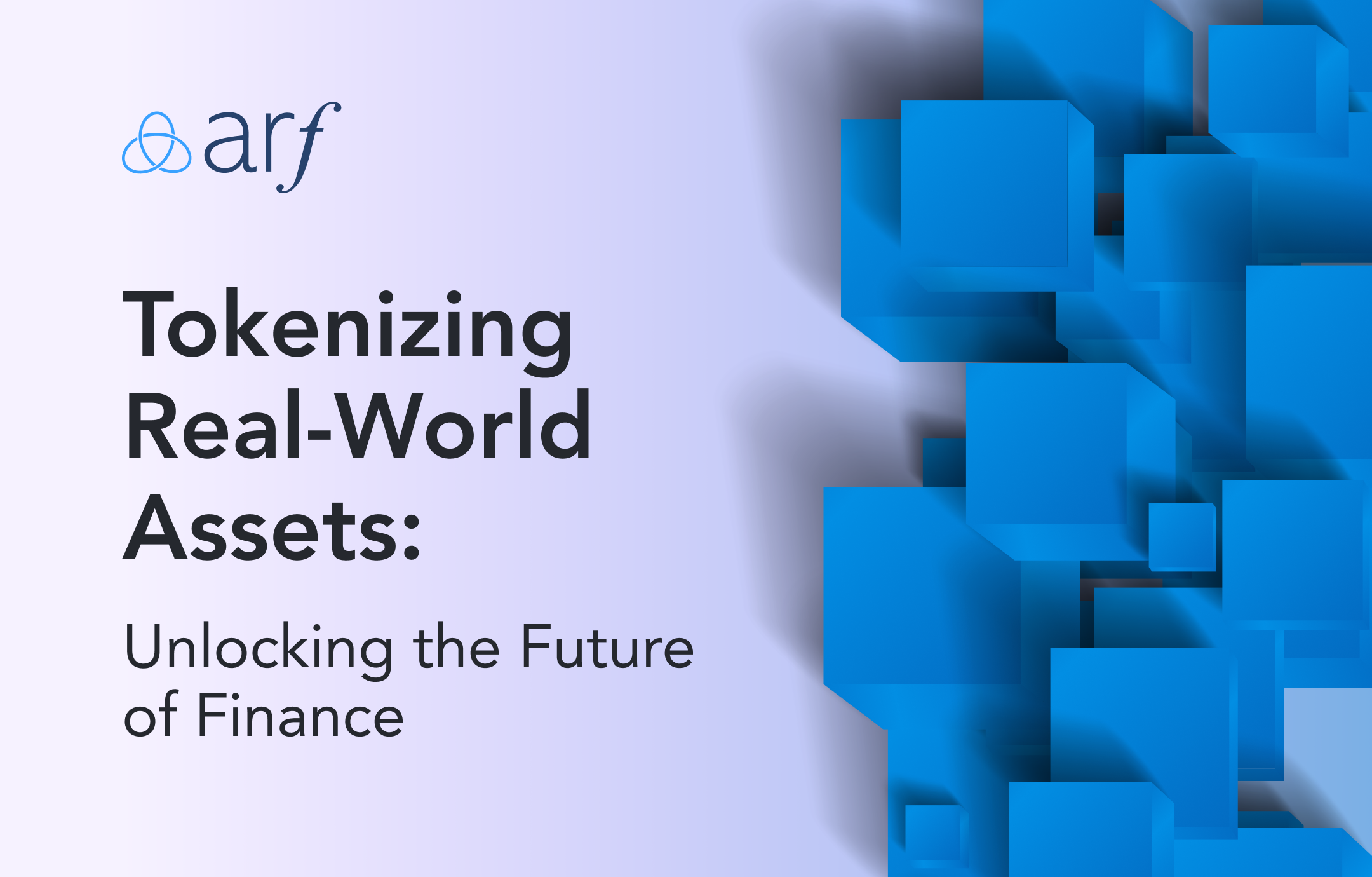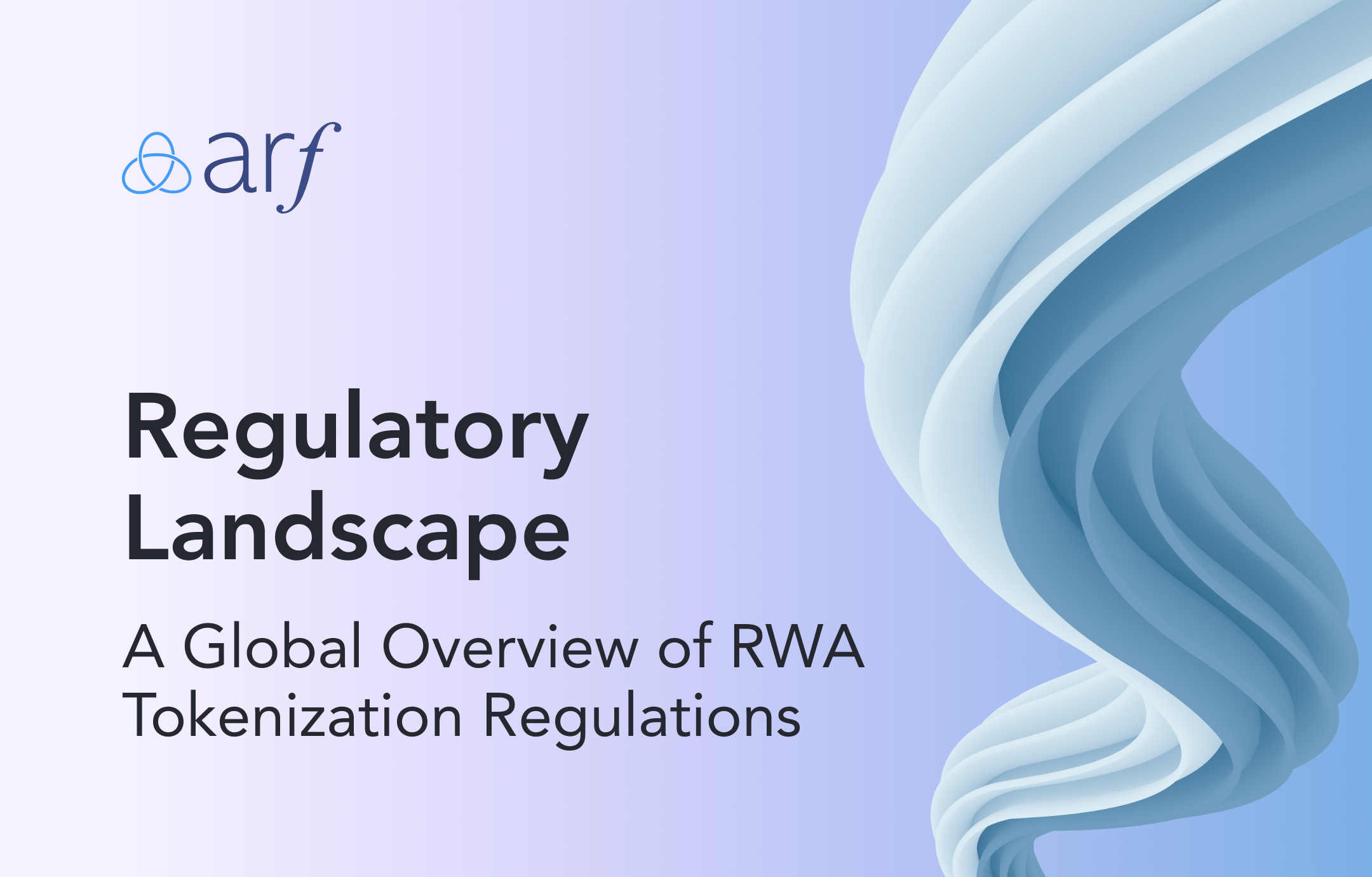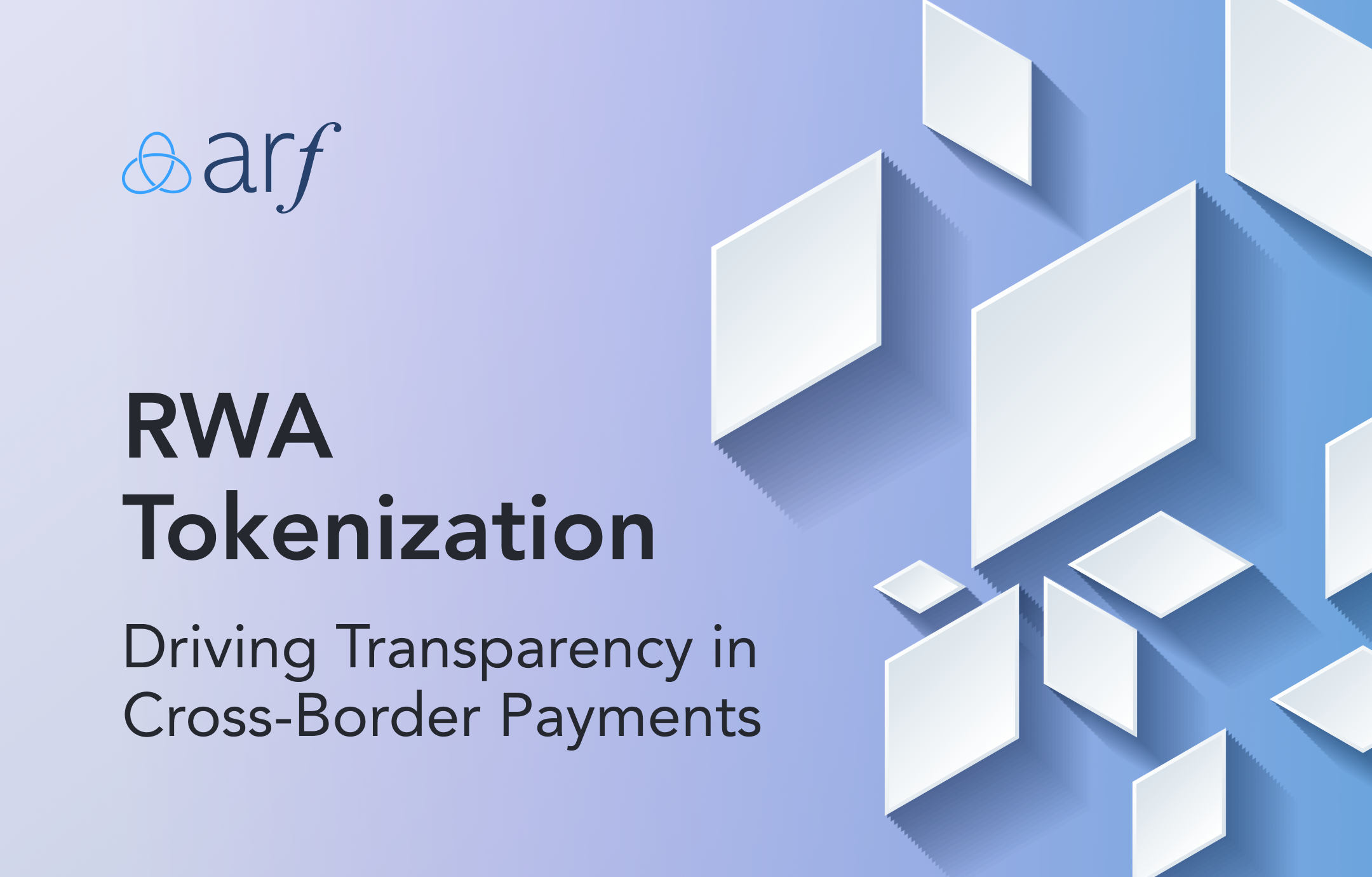The tokenization of assets has the potential to reshape lending, credit, and debt markets fundamentally. Notably, the total value locked in RWAs has nearly doubled in 2023, surging from $1.44 billion to $2.5 billion as of September 30, 2023.1 By bringing these conventional financial activities onto blockchain platforms, tokenization presents a host of advantages, including heightened transparency, security, and programmability, positioning it as a key driver of financial evolution.
What is Tokenization?
Tokenization is the process of converting real-world assets into digital tokens that can be traded and transferred on a blockchain. These tokens represent ownership or value in a specific asset. By tokenizing assets, they become more liquid, divisible, and accessible to a broader range of investors.
Benefits of Tokenization
Tokenization offers several benefits that traditional financial systems cannot match. Firstly, it enhances liquidity by allowing fractional ownership and trading of assets. Investors can now buy and sell smaller portions of an asset, increasing market participation and opening up investment opportunities that were previously out of reach.
Secondly, tokenization enables greater transparency and security. Every transaction is recorded on the blockchain, providing an immutable and auditable record of ownership and transfers. This eliminates the need for intermediaries and reduces the risk of fraud or manipulation.
Additionally, tokenization reduces barriers to entry for investors. Previously illiquid assets, such as real estate or fine art, can now be easily accessed and traded by a wider range of individuals. This democratization of investment opportunities promotes financial inclusivity and allows for the diversification of portfolios.
Tokenization has the potential to create significant cost savings in specific capital market scenarios. For example, in triparty repurchase agreements or money market fund redemptions, transactions can be completed in just a few minutes, as opposed to the current T+2 settlement period. This shorter settlement time can lead to substantial savings, especially during high-interest-rate periods like the present economic cycle.2
Tokenizing Real-World Lending
One of the most significant applications of tokenizing real-world assets is in the lending space. Traditionally, lending involves borrowing money from a lender, who charges interest on the principal amount. With tokenization, lending can be done on-chain, opening up new avenues for borrowers and lenders alike. In the following sections, we will explore how this technology is reshaping traditional financial practices. From the rise of DeFi protocols to the innovation surrounding RWA lending, the factoring of income streams, and the tokenization of debt instruments, we are witnessing the profound impact of blockchain on the financial sector.
DeFi Protocols
DeFi protocols are at the forefront of tokenizing real-world lending. These protocols are built on blockchain networks like Ethereum and allow individuals to lend and borrow digital assets without the need for intermediaries.
In a DeFi lending protocol, users can contribute their digital assets, such as stablecoins like USDC, into a lending pool. These pools are then used to underwrite loans to borrowers. The underwriting process may involve human intervention to assess the creditworthiness of the borrower and determine the loan terms.
The borrower receives the loan in the form of digital assets, which they can use for various purposes like starting a business or purchasing real estate. They are obligated to repay the loan with interest over a specified period. The interest payments are distributed to the lenders in the pool, providing them with a return on their investment.
Real-World Asset Loans
RWA loans are a subset of tokenized lending that involves providing loans to real businesses or individuals. These loans are backed by tangible assets such as fiat money, real estate, equipment, or income streams. By tokenizing these assets, lenders can extend credit to borrowers who may not have access to traditional banking services.
The collateral serves as security for the loan, reducing the risk for the lender. In case of default, the lender can seize the collateral to recover their investment. Tokenization enables the easy transfer and tracking of ownership rights, ensuring the efficient management of collateralized loans. This is a common approach in lending. However, in the evolving landscape of lending, there are also alternative approaches. Uncollateralized lenders, for instance, do not require borrowers to provide assets as collateral. Instead, they rely on different risk assessment methods, such as credit scoring and financial history analysis, to determine a borrower's creditworthiness. This approach offers borrowers more flexibility but may come with different terms and interest rates compared to collateralized loans.
RWA loans can be utilized for a wide range of purposes, including financing small businesses, supporting real estate development projects, or funding income-generating activities. By bringing these loans on-chain, individuals and businesses from all over the world can participate in lending and borrowing, promoting financial inclusion and global economic growth.
Arf is a leading player in RWA-based lending, providing short-term credit lines to financial institutions for cross-border transactions. It is a regulated and award-winning liquidity platform that has facilitated $0.5 billion in on-chain volume in less than a year by extending more than $400 million in loans, effectively addressing capital constraints in cross-border payments.
Tokenizing Debt Instruments
Tokenizing debt instruments, such as bonds or loans, is another area where RWAs are making their way onto the blockchain. Debt instruments represent loans made by investors to borrowers, who promise to repay the principal with interest over a specified period.
By tokenizing debt instruments, these financial assets become more accessible and tradable. Investors can buy and sell tokens representing these instruments on decentralized marketplaces, providing liquidity to the market. This opens up new opportunities for investors to diversify their portfolios and access previously inaccessible debt markets.
It also brings greater transparency and efficiency to the market. Every transaction is recorded on the blockchain, providing a clear and auditable history of ownership and transfers. Investors can evaluate the risk of different debt instruments and make informed investment decisions based on transparent data.
Moreover, tokenization allows for the creation of specialized investment products. Debt instrument tokens can be bundled together to create portfolios with varying risk profiles, catering to the preferences of different investors. These portfolios can be managed through smart contracts, automating processes such as interest payments and rebalancing.
Huma Finance is a credit platform that connects high-performing receivables from real world businesses with on-chain capital. They create tailored credit solutions for different use cases, including cross-border payments financing, where the receivables are tokenized to use as collateral. This innovative approach enables greater access to DeFi services, building a bridge between traditional income streams and the world of tokenized assets.
Arf and Huma Finance have teamed up to create the world's first on-chain credit pool for cross-border payments. By tokenizing cross-border payment orders, they make borrowing more transparent and traceable on the blockchain, allowing for better risk assessment and enhanced access to liquidity for financial institutions.
The Future of Tokenizing RWAs
Although in its early stages, RWA tokenization holds immense potential for the financial industry. The increasing recognition of its benefits by traditional businesses and institutions will drive liquidity, accessibility, and transparency across industries. The integration of real-world assets into the crypto ecosystem will create new investment opportunities and reshape financial markets. Analysts project the issuance of $4-5 trillion in tokenized digital securities by 2030, marking a significant shift in the financial landscape.3
Additionally, regulatory frameworks are crucial for widespread adoption, with governments and regulatory bodies needing to establish guidelines and ensure investor protection while fostering innovation in tokenization.
As the technology matures and adoption grows, tokenization will become a fundamental pillar of the financial industry, enabling a new era of decentralized finance and inclusive economic growth.
1https://www.galaxy.com/insights/research/overview-of-on-chain-rwas/
2https://www.mckinsey.com/~/media/mckinsey/industries/financial%20services/our%20insights/tokenization%20a%20digital%20asset%20deja%20vu/tokenization-a-digital-asset-deja-vu-final.pdf?shouldIndex=false
3https://www.mckinsey.com/~/media/mckinsey/industries/financial%20services/our%20insights/tokenization%20a%20digital%20asset%20deja%20vu/tokenization-a-digital-asset-deja-vu-final.pdf?shouldIndex=false




